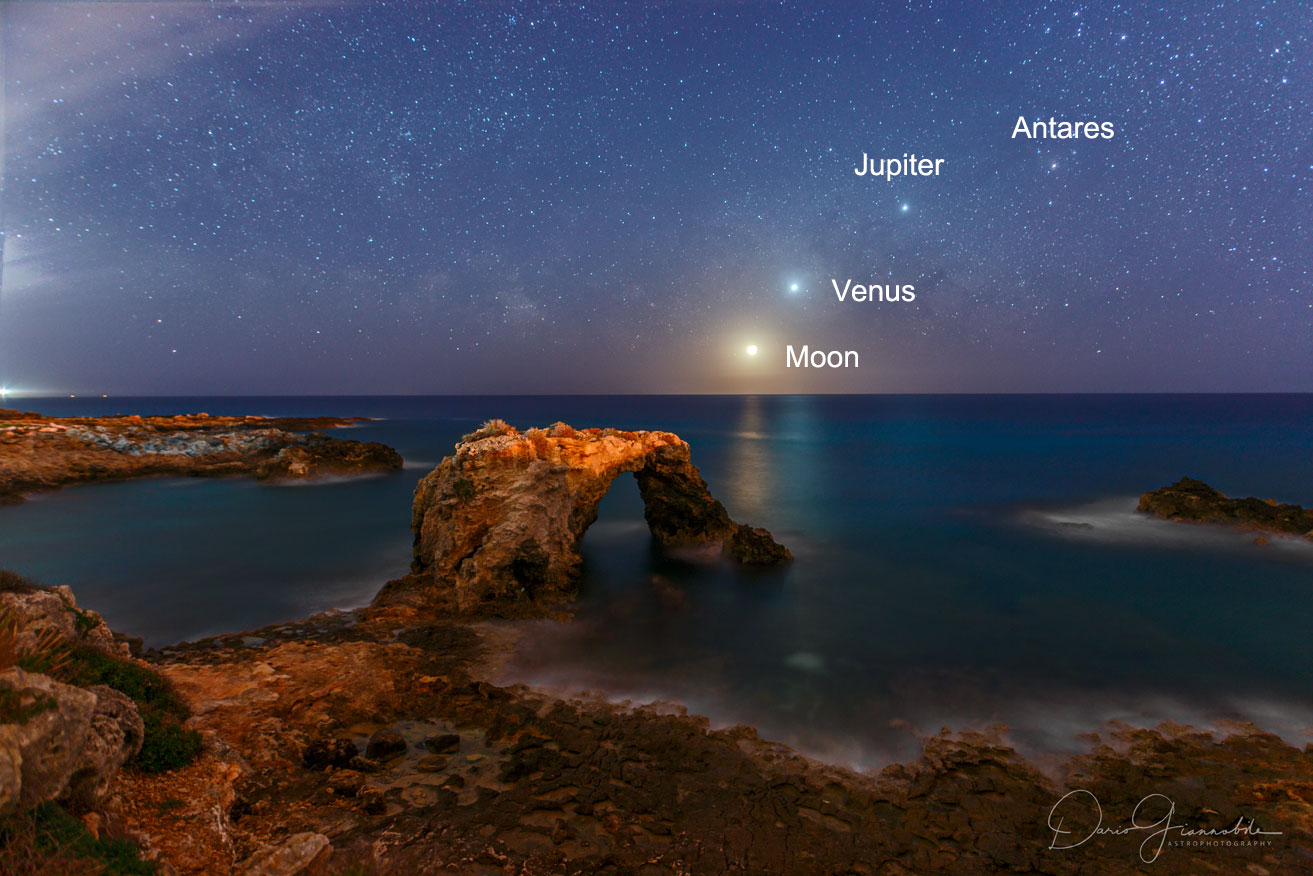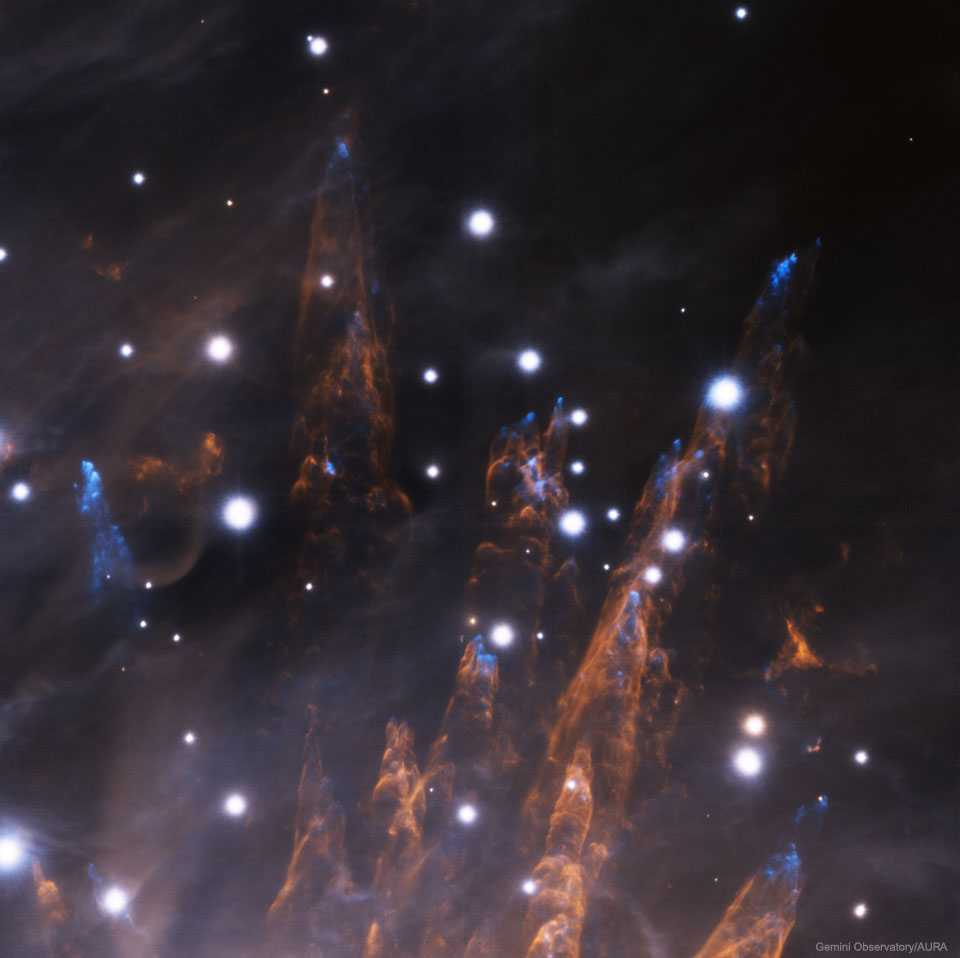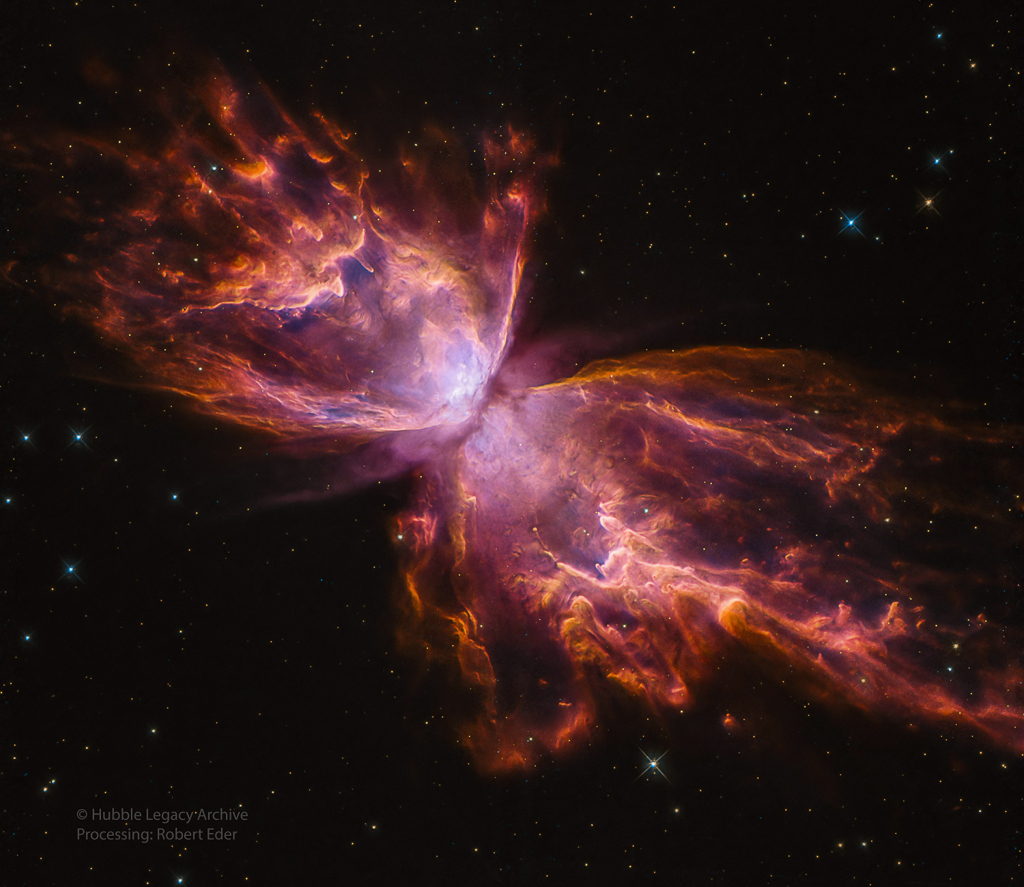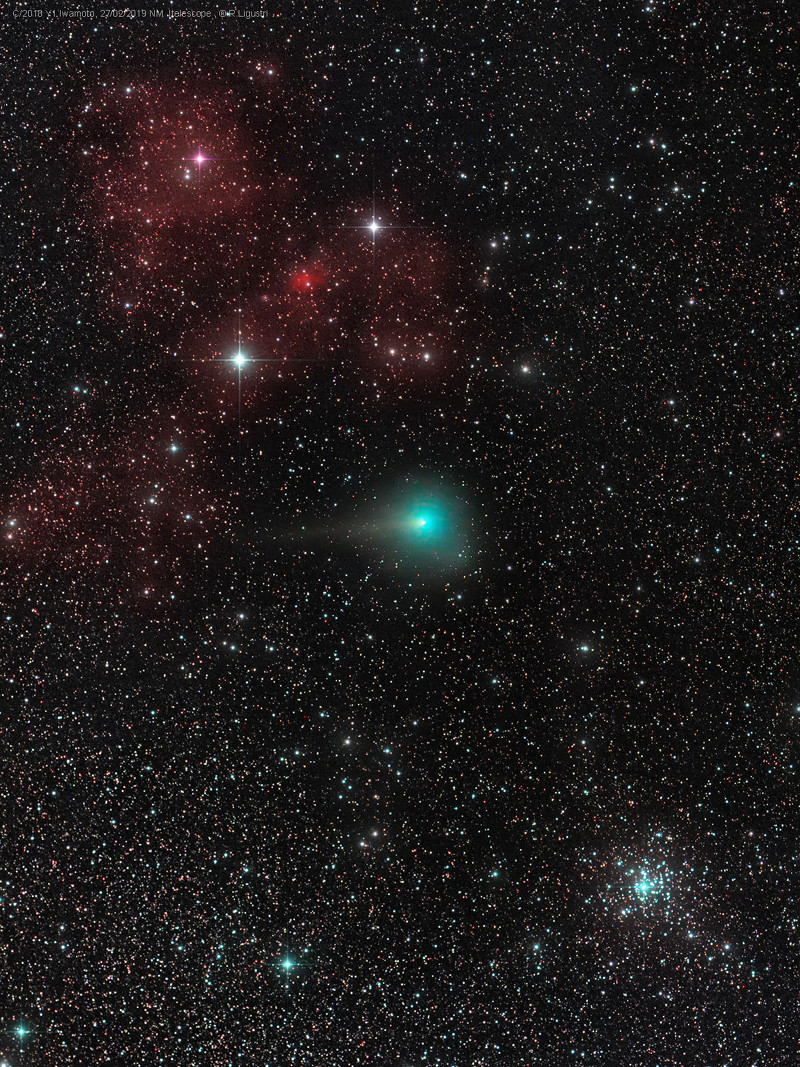Nos últimos tempos, vários centros de investigação estão na corrida para criar testes ao sangue para detetar marcadores de cancro da mama antes de este ser visível na mamografia. A Universidade de Heidelberg anuncia ter um teste pronto para entrar no mercado ainda em 2019.
Sarah Schott, do Hospital Universitário de Heidelberg, na Alemanha, está convicta de que o teste que a sua equipa desenvolveu estará disponível no mercado ainda este ano e poderá com grande vantagem substituir a mamografia na deteção do cancro da mama, pelo menos nas mulheres com menos de 50 anos.
Descrito pelos investigadores como "uma biopsia líquida" e "não invasiva", o teste, intitulado HeiScreen, já detetou 15 tipos diferentes de células de cancro da mama e tem ainda a vantagem de identificar o cancro antes de este ser visível através das técnicas de raios X ou ecografia. É também mais económico, requerendo apenas alguns mililitros de sangue e podendo ser feito em qualquer laboratório.
Diario de Noticias - Portugal











